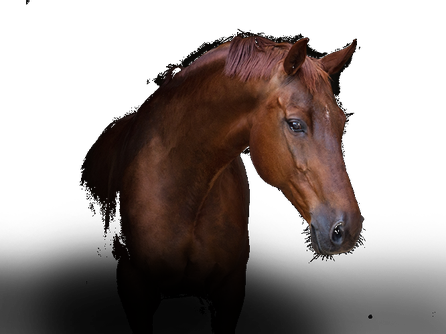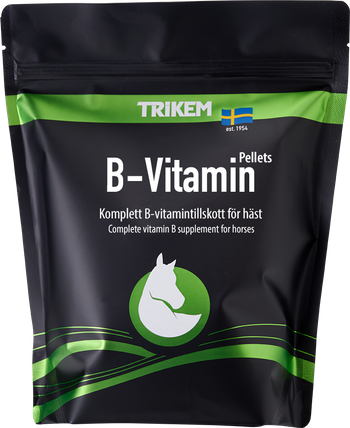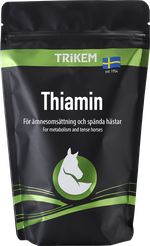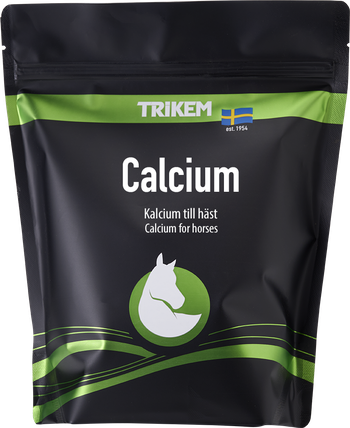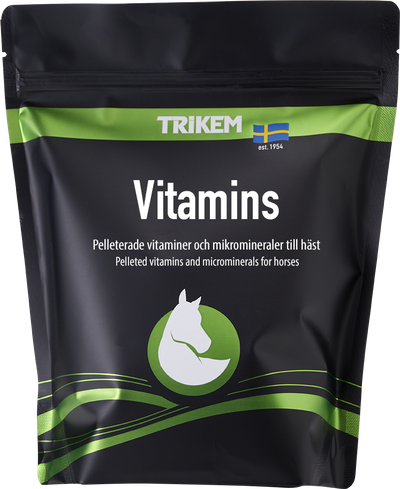Academy / Horse / Gut & Intestines / How to reduce the parasite load
How to reduce the parasite load
There are several strategies that can be implemented to reduce the parasite load. In this text, we present a few of them:
Pick the pasture
Parasites develop at different speeds depending on external conditions like temperature and rainfall. During spring, summer, and autumn, the conditions are favorable for parasite eggs to develop into infective larvae. Within just one week, the parasite egg becomes a larvae, ready to infect the next horse. At an early larval stage, the larvae crawl away from the feces (horse manure) and settle on the pasture. Most larvae are within a 90 cm radius from the horse's manure. Therefore, when the weather conditions are optimal for larval development, it's important to regularly pick the pasture, ideally every day or every other day. This way, you can remove most of the parasite eggs from the pasture and the early-developing larvae.
Even during the winter months, you should still pick the pasture, especially in southern Sweden, where winters tend to be milder. In winter, it takes longer for larvae to develop, so picking the pasture once or twice a week is sufficient from a parasitic standpoint.
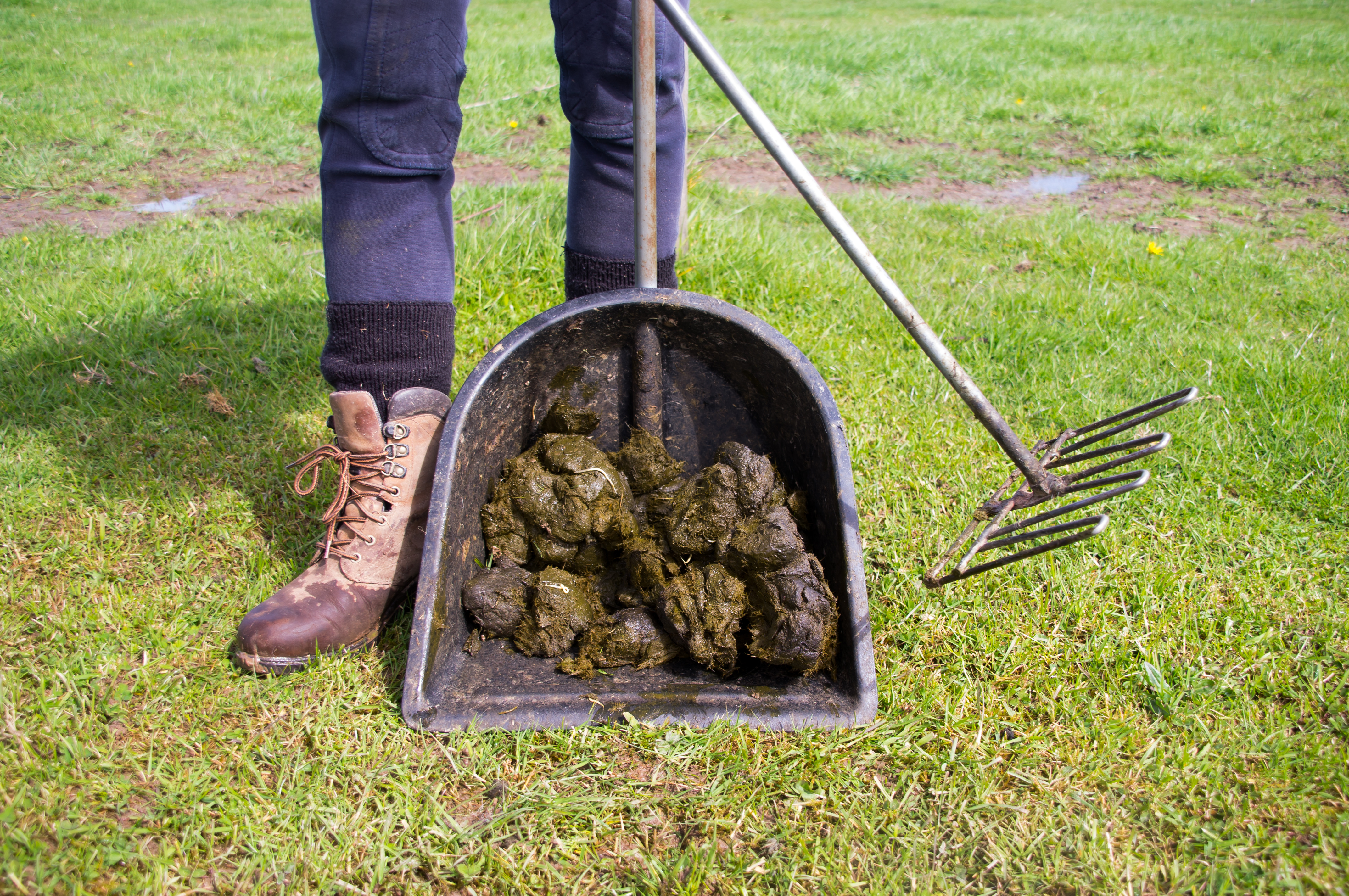
Manure collection system
There are tools available to make picking the pasture easier. Manure vacuums and collectors come in various types. If you hire assistance for pasture picking, it's recommended to hire these tools during the autumn and spring, either when rotating pastures or during deworming.
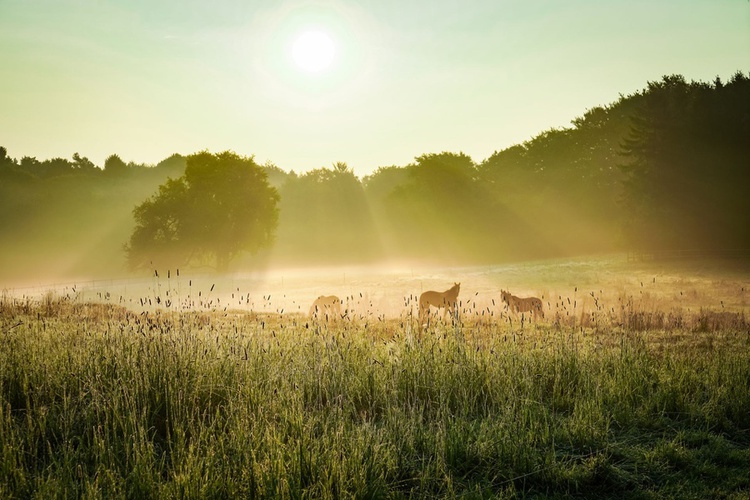
Rotational grazing
Pasture harrowing
Rest the pastures
If you have high parasitic pressure or know that a horse has spread a large amount of parasite eggs, the best thing you can do is let the pasture rest. If you leave the pasture free of grazing horses for two winters, the ground can be considered parasite-free again. Another option is to plow the field and reseed it.
Quarantine new horses
Common horse parasites:

To install this Web App in your iPhone/iPad press ![]() and then Add to Home Screen.
and then Add to Home Screen.
